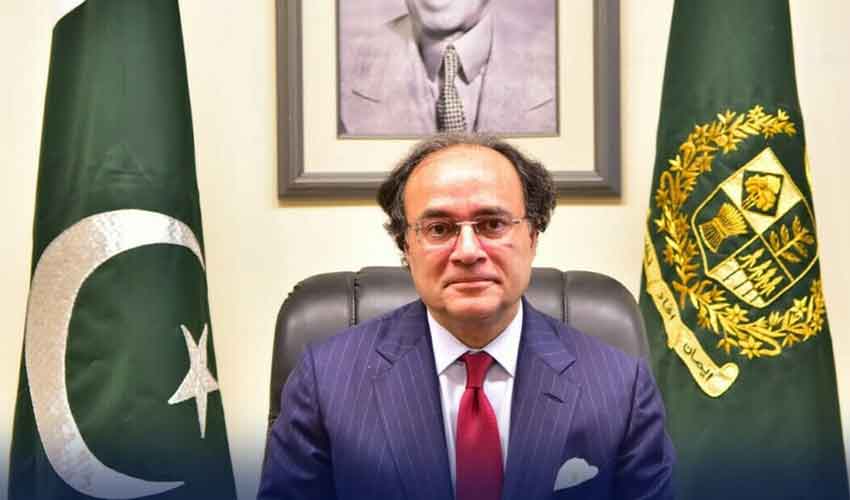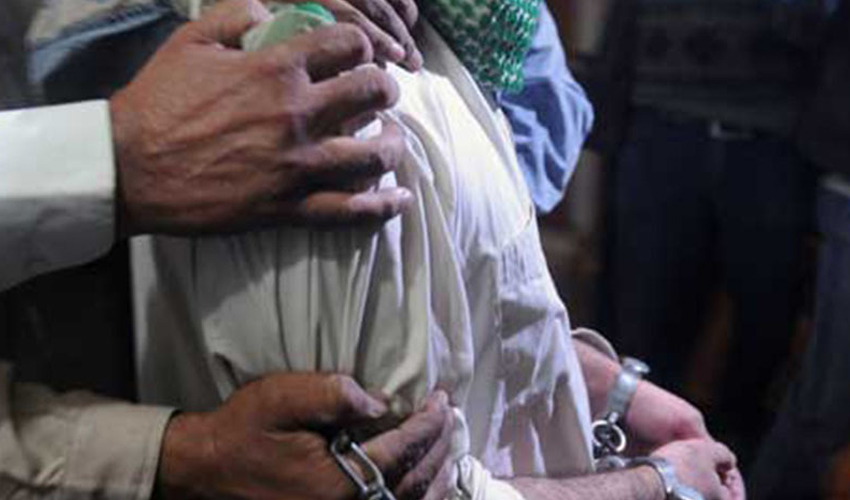The Pakistani rupee (PKR) witnessed a slight depreciation against the US dollar in Thursday's interbank session, settling at PKR 278.20 per USD, marking a decrease of over 10 paisa compared to the previous day's closing of PKR 278.10 per USD.
Throughout the trading day, the PKR experienced fluctuations, reaching an intraday high (bid) of 278.33 and a low (ask) of 278.13, showcasing the currency's vulnerability to market dynamics.
In contrast, in the open market, exchange companies quoted the dollar at 276.41 for buying and 279.09 for selling, indicating a slightly different trend compared to the interbank rates.
While the PKR demonstrated resilience against major currencies such as the Euro, closing at 298.62 compared to its previous value, it faced challenges against the British Pound, which became more expensive by 29.25 paisa, closing at 347.11.
However, amidst these fluctuations, the PKR showed strength against some currencies, including the Japanese Yen, gaining 0.49 paisa, and the Chinese Yuan, which saw a slight appreciation.
The State Bank of Pakistan (SBP) intervened in the market through reverse repo Open Market Operations (OMO), injecting a total of Rs393.75 billion, aiming to stabilize the currency and maintain market liquidity.
PKR shows resilience
Despite the marginal decline against the US dollar, the PKR has shown resilience throughout the current financial year, appreciating by 7.79 rupees against the greenback, reflecting a positive trend in the currency's performance.
In parallel to the currency market developments, the Petroleum Division proposed a six-month extension in signing the Pakistan Oil Refining Policy, highlighting ongoing challenges in the energy sector.
Internationally, the focus remains on key economic indicators, particularly the US inflation data, which could influence Federal Reserve policy decisions and subsequently impact global currency markets.
As oil prices rise amid falling US crude inventories and increased demand expectations, the dynamics of the energy market continue to play a significant role in shaping currency parity worldwide.


























